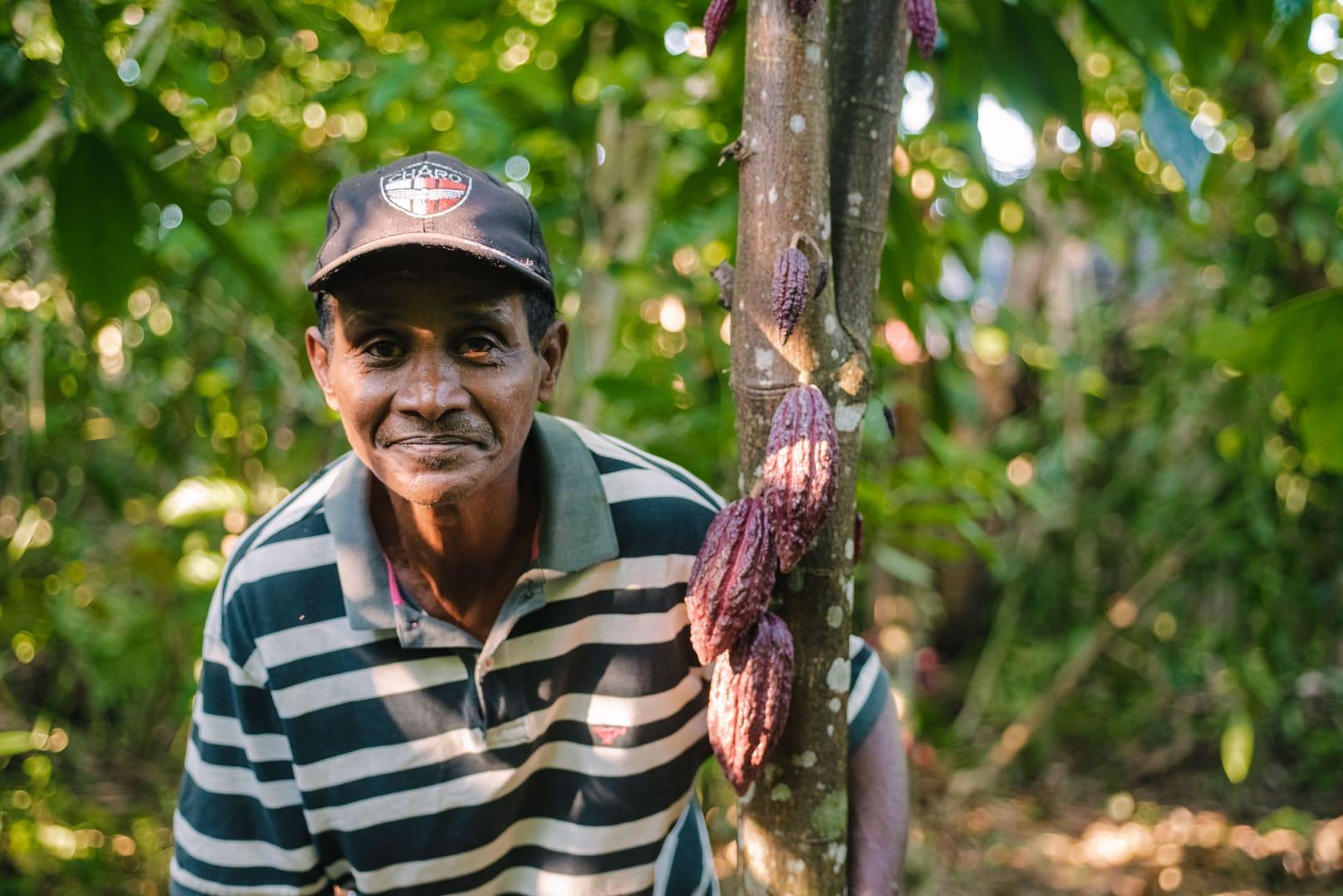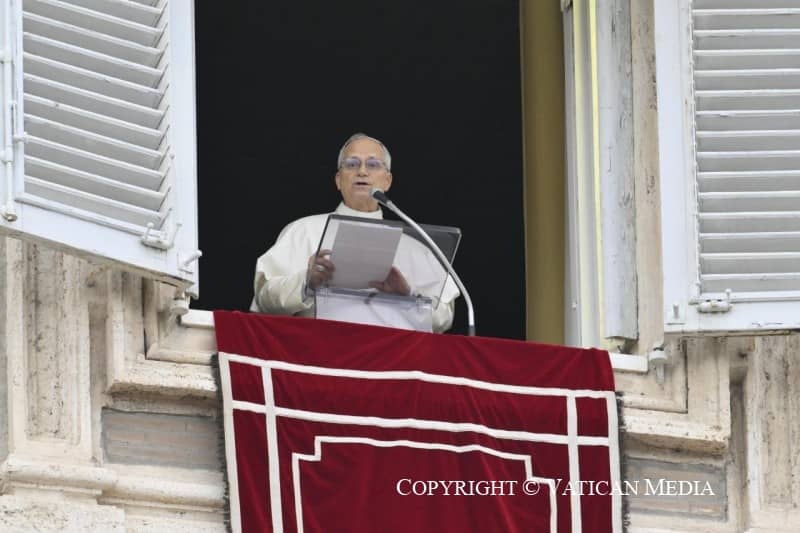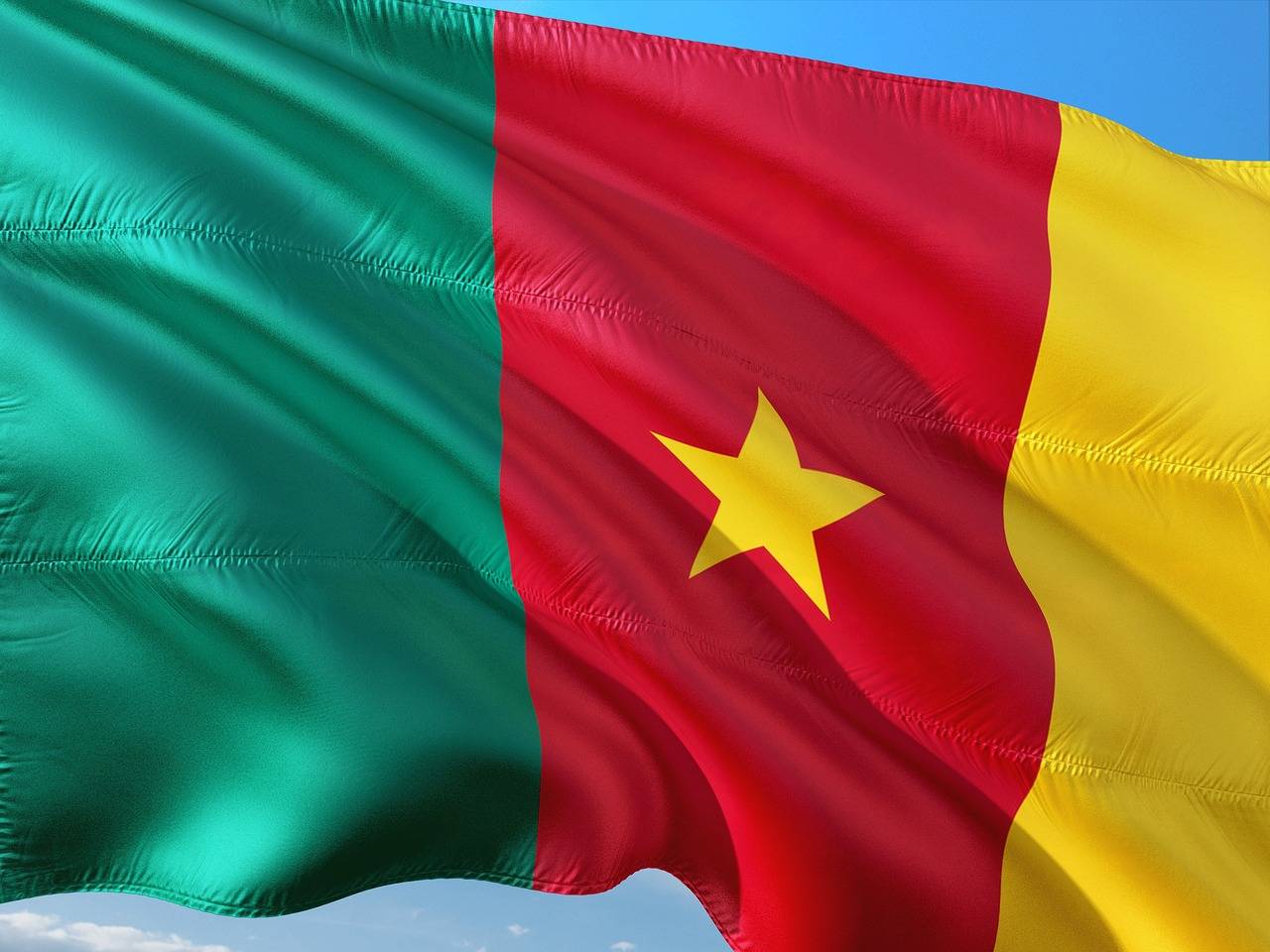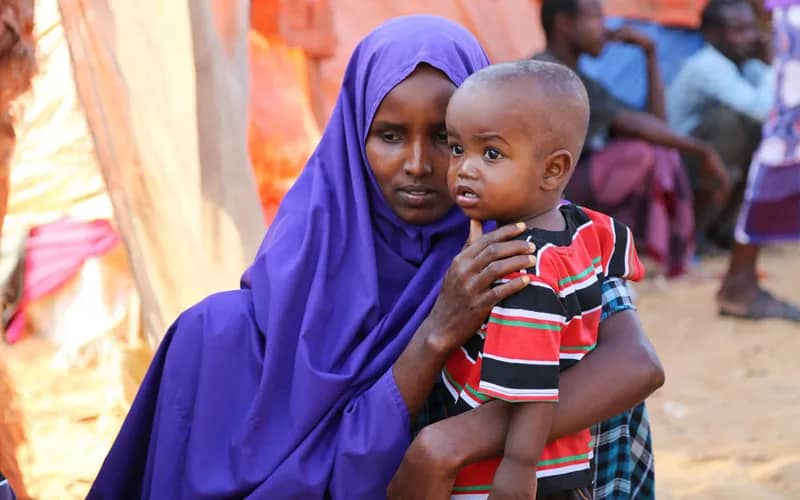NEW YORK – An aerial image of Grimaud’s home in southeastern Madagascar shows three frail single room homes on a small plot of land surrounded by dense forest. Grimaud, a farmer, supports five children through a handful of products that earn him a nominal wage.
“The biggest challenge is that I produce traditionally,” Grimaud, 58, told Crux in an email through an interpreter. “I lack modern technical knowledge, but apart from that, there are great difficulties in marketing. The prices always vary and are not stable.”
Grimaud’s story as a farmer in Madagascar with a limited income is common across the island nation of roughly 26 million people. More than 90 percent of the population – the majority of whom work as farmers – live on less than the equivalent of two U.S. dollars a day, according to Catholic Relief Services (CRS). The impoverished situations have increased through the COVID-19 pandemic. Climate change has also created more challenges for farmers with increased cyclones, droughts, and a greater variability of rainfall in recent years.
In July 2021, however, the U.S. Agency for International Development (USAID) banded together with CRS and other companies in the private sector with goals to improve local incomes and livelihoods, raise global awareness about Madagascar’s high quality heirloom chocolate, and have a positive environmental impact.
The public-private partnership, called the “TSIRO Alliance” will use $5.8 million over the next five years to plant more than 1.5 million trees in different parts of Madagascar. The goal is to help thousands of farmers in 30 different communities. At this point they’ve planted over 10,000 trees in specific north and southeast regions.
Grimaud said the new trees allow farmers to further diversify their crops and production capacity. Aside from the cacao and spices, he grows bananas, pepper, rice, cloves, coffee and vanilla.
“It will allow the farmer to have a regular income with good management,” Grimaud said. “Indeed, when there is, for example, a decrease of the price for a product, having diversified crops helps to recover the loss of income.”
Madagascar is home to a unique heirloom variety of cacao called criollo, which is famous for its fruit flavor. In addition to diversifying the crops farmers can grow, Agathe Sector, the USAID Sustainable Environment and Economic Development Office director, noted that the uniqueness of Madagascar’s cacao creates more stable profits than there are with other crops.
“Really bringing in farmers into this value chain is one objective because it’s fine chocolate and heirloom cacao so they get a premium for the types of beans they’re growing,” Sector said.
The two geographic areas where the cacao trees have been and will continue to be planted are Ambanja, which is in the northwest, and Manakara, which is in the southeast. Ambanja is the main cacao growing region in Madagascar, so the new trees will bolster what already exists. Meanwhile, Manakara has less cacao experience and a longer way to go.
James Hazen, the TSIRO Alliance chief of party, said new newly planted cacao trees take about three years to get their first fruit, and about five years to have a lot of fruit. That’s where the spices come in. He said spices like turmeric and ginger can grow and harvest within a year, therefore farmers will “make some money while their trees are growing.”
“That means farmers are going to have income and hopefully they’ll diversify their income because they’ll not only have the cacao they’ll have the other spices they grow and they can also integrate other trees along with the cacao so they can have money throughout the year,” Hazen told Crux, adding that the hope is this turns into “more demand for cacao and spices on a global level, which means that the quality is good and Madagascar will be on the map for providing better products.”
“And then the farmers are paying taxes into their local economy, exporters are paying taxes and prices as well that go back into the national economy,” he continued. “We think that it could make a big impact locally and kind of at a national level.”
Hazen also noted the environmental impacts of growing different trees and shrubs alongside one another. Known as agroforestry, he said this method makes the environment more resilient, and the shade from the cacao trees will allow other things to grow underneath.
Sector said that long term she hopes the project can reverse some of the deforestation that has taken place in each region as people desperate for money cut down trees for a quick profit. She especially hopes that the project will help connect the national park Ranomafana – located near Manakara – to some of the now fragmented forests nearby.
“I think the long-term vision is to really see large tracts of land that have been reconverted back into mixed use forests with lemurs jumping around and other plants growing and other fruit trees growing there, and eventually connecting them with some of these more protected areas and existing fragmented forests,” Sector said.
Follow John Lavenburg on Twitter: @johnlavenburg














